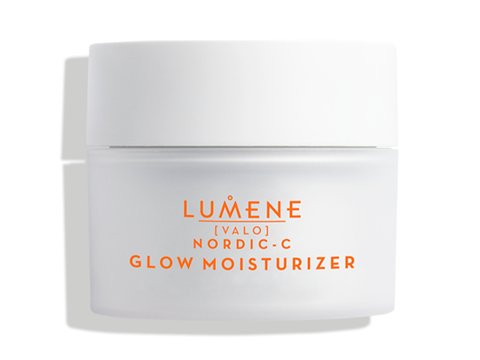
Lumene has launched a bio-based packaging application in which both the jar and label for its moisturiser product are made from UPM’s wood-based material – claiming to be the first beauty brand to do so.
To create the material, UPM’s BioVerno naphtha is processed by SABIC into certified renewable polypropylene using tall oil, a residue of the pulping process. The polypropylene forms part of SABIC’s TRUCIRCLE portfolio, a series of resins and chemicals from biobased feedstock that are not thought to compete with the food chain and apparently reduce carbon emissions.
The mass balance approach is then applied to convert the polypropylene into ‘commonly recyclable’ cosmetics containers and product labels printed onto UPM Raflatac’s Forest Film label material. Lumene aims to utilise the material to reduce the carbon footprint of the 1.5 million jars it produces every year.
It is also claimed that, by utilising renewable raw materials, the jar and film label cut down on an annual 60 tons of fossil-based plastics. All parties in the supply chain have ISCC PLUS sustainability certification, according to Lumene, as well as a verified amount of biobased feedstock used in the manufacturing process.
“By cooperating with UPM and SABIC we are taking the next important step in our sustainability journey and driving transition to renewable resources,” says Essi Arola, head of R&D Packaging and Sustainability. “LUMENE’s ambition is to have 80% of its packaging made from recycled and biobased plastics by 2025.”
“We firmly believe that collaboration and innovation are driving the sustainable transformation of our industry,” Lada Kurelec, general manager, PP & E4PS Business at SABIC, continues. “SABIC’s certified renewable materials demonstrate how our TRUCIRCLE solutions can contribute toward our shared goals for carbon neutrality. We are delighted to work with our value chain partners LUMENE and UPM Biofuels as a further step towards creating a more circular and sustainable economy for plastics.”
“It’s inspiring to work with passionate brands with ambitions to go beyond fossils. LUMENE took a holistic view of the whole package – using renewable fossil-free feedstocks in the primary plastic as well as the label. Both are critical to the brand experience and integral to the circularity and climate performance of packaging,” adds Eliisa Laurikainen, business development manager at UPM Raflatac.
“We are committed to replacing fossil-based feedstocks with renewable ones,” concludes Juha Rainio, sales and marketing director at UPM Biofuels. “This collaboration with LUMENE, SABIC and UPM Raflatac is an excellent example of a future beyond fossils, which is a key driver for UPM going forward.”
Previously, Lumene used the recyclable Eastman Cristal One E Renew resin containing molecularly recycled content to produce a bottle for its newest skincare product.
Sulapac has also unveiled its Sulapac Luxe bio-based material for use in bottle caps for cosmetic products; and researchers at the University of East Anglia have revealed a new technology thought to convert products such as moisturiser into ‘confetti-like’ paper, a development expected to reduce packaging waste.
If you liked this article, you might also enjoy:
McKinsey on whether or not on-pack sustainability claims affect consumer spending
A deep dive into the most important packaging sustainability trends and solutions
















No comments yet